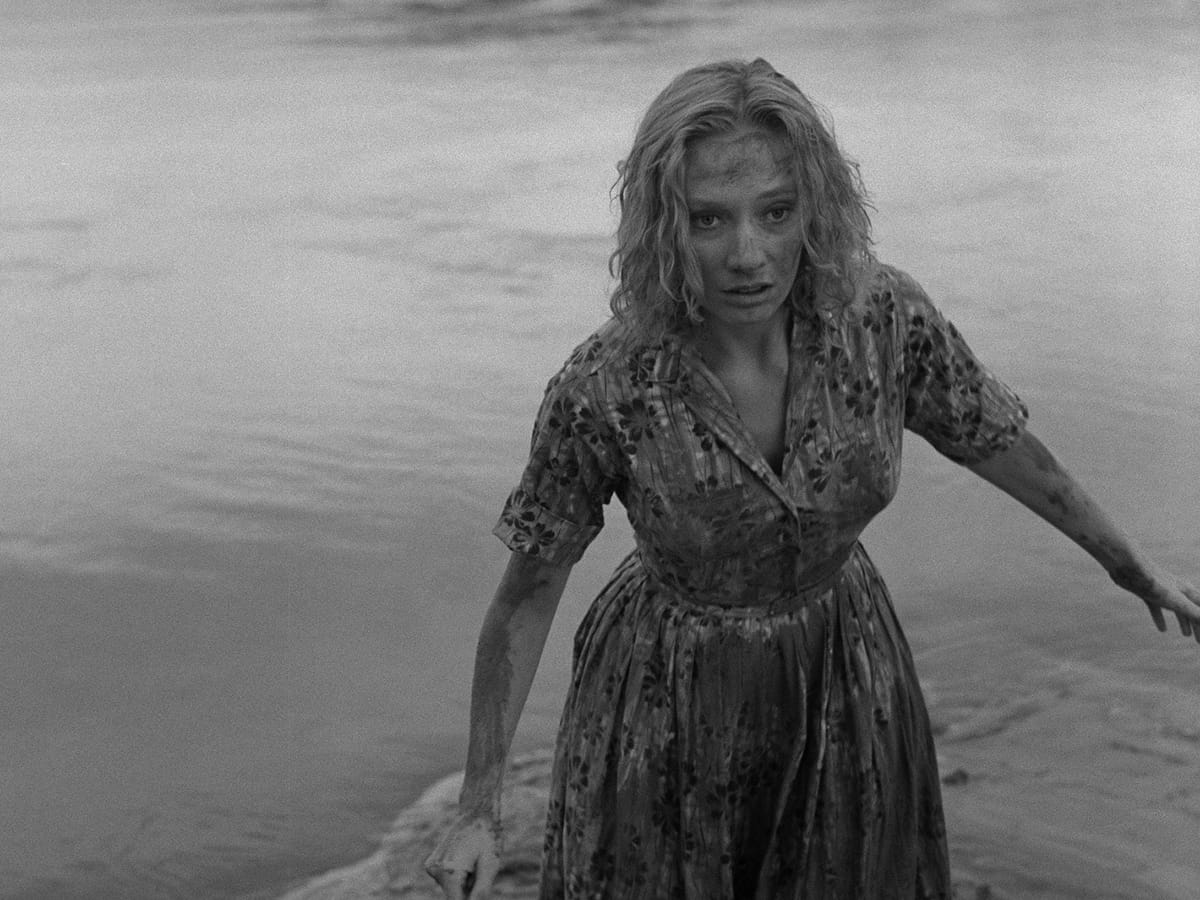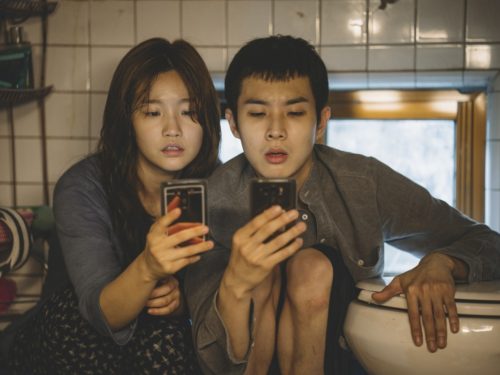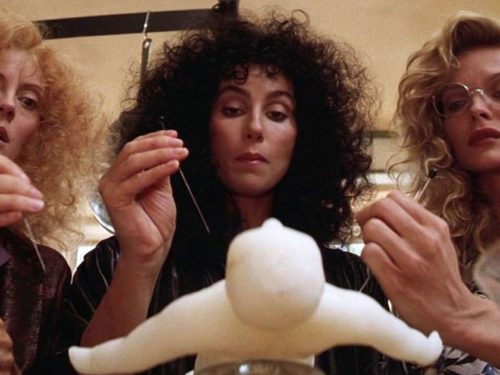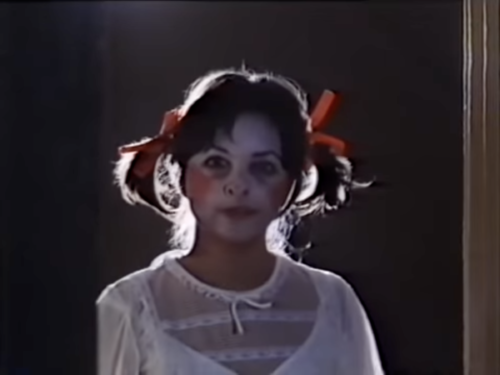The 1962 film’s reputation as a timeless horror classic remains, but its representation of sexuality is now more relevant than ever
Carnival of Souls invented a now-famous, oft-imitated twist ending. I’m going to spoil it for you: Our protagonist, Mary Henry (Candace Hilligoss), has been dead since her traumatic car accident at the beginning of the film. This revelation explains away the surreality of every encounter following her accident in a way that anticlimactically attempts to answer some (but not all) of the mysterious questions raised in the film. Still there remain logical gaps between reality and hallucination, but any remaining confusion by the film’s end can be shrugged off as a side effect of Mary’s blurry, purgatorial state of being.
But humor me while we put the literal ending aside for a moment and expand its meaning to something far more powerful and, unfortunately, still timely. Instead consider Carnival of Souls as an empathetic exploration of one woman’s psychosexual journey — essentially a cautionary tale about striking the precarious balance between living curiously and living cautiously. From this perspective, the moment we meet Mary functions as an elegant example of her dilemma. Mary sits in the passenger seat of her friend’s car when some rowdy boys pull up and challenge them to a race. Mary rolls her eyes, but sits tight. What’s the worst that could happen? When their car veers off the bridge and plunges into the river below, Mary learns the dangers curious women face when playing on men’s terms.
After three hours underwater, Mary somehow walks onto the shore. She “survives” this crash and moves to a new town in Utah to start over, choosing a life of caution by moving into a cozy studio apartment and playing the organ at the local church.
Even in her search for simplicity, Mary is inexplicably drawn to the strange abandoned carnival outside of town. She drives out there with her boss (a condescending and controlling male minister, naturally) so she can satisfy herself that “the place is nothing more than it appears to be.” Stranger still than this carnival is the sinister-looking man with black hollows for eyes that Mary starts seeing everywhere she goes.
Later in the film, Mary allows her friendly male neighbor over for coffee, unaware that he had previously been peeping on her and harbors lustful intentions. His character is perhaps the most obvious example of a Me-Too era psychosexual threat, but he’s far from the only antagonizing male figure Mary encounters. Mary later visits a local shop to buy herself a new dress before becoming convinced of the strange man with hollow eyes following her again. She leaves the store in a frenzy, staggering around a park in confusion. There, other men try to calm her down from her “hysterical” state, grabbing her arms and shaking her to “snap out of it.” Conveniently, a passing psychologist invites her to his practice for an evaluation.

In a poignant scene that further highlights the mistrust between genders, Mary tells her landlady that she saw the strange man in the hallway. The landlady initially says that she didn’t see anyone, but eventually, she carefully peers into the hallway just in case. When one woman tells another that a man is bad news (even if that man is a hallucination), she listens. She proceeds with caution. It’s a subtle gesture in the film, but it speaks volumes on the value of female friendship and the inherent bond between women when faced with potentially dangerous men.
This very dichotomy feels so deeply real to any woman. In moments of questioning and curiosity, women can find themselves in situations they didn’t ask for — situations that range from uncomfortable to downright terrifying. To add insult to injury, men may refuse to believe that women are being terrorized by one of their kind, and, as happens in the film, women’s sanity may be questioned over such accusations.
Still, in the end, Mary must dance with the hollow-eyed man who terrifies her, who we later understand to be death incarnate. It’s just as poetic and possibly more truthful, however, to imagine this as a choice to partner up in a hypocritical society that treats curious single women as wanton or hysterical and cautious single women as cold or frigid. Maybe settling down with a single partner, even if that partner is death himself, is easier than suffering this dichotomy forever.

Director Herk Harvey creates this sympathetic portrayal using crisp black-and-white cinematography, claustrophobic camerawork, surreal imagery, an unsettling soundscape and some early adoption of the Vertigo Effect just years after the technique was originally invented. He is similarly ahead of his time thematically in crafting a subversive tale of female sexual paranoia three years before Polanski’s Repulsion became an iconic film on the topic. Though its styles, twists and themes have been seen in more popular films since, Carnival Of Souls remains an artful, touching film that is effective despite its remarkably low budget. It’s a tragedy that neither Harvey nor the stunningly expressive Candice Hilligoss ever had much of a career after, but it is nonetheless refreshing to see the film receive a growing cult appreciation and a Criterion Collection release. If you’ve yet to enter the Carnival of Souls, might I suggest you let your curiosity run a little wild and take a ride?
Find the complete October Horror Archive here:

Follow our list of the 31 Days of October Horror on Letterboxd
(Split Tooth may earn a commission from purchases made through affiliate links on our site.)




